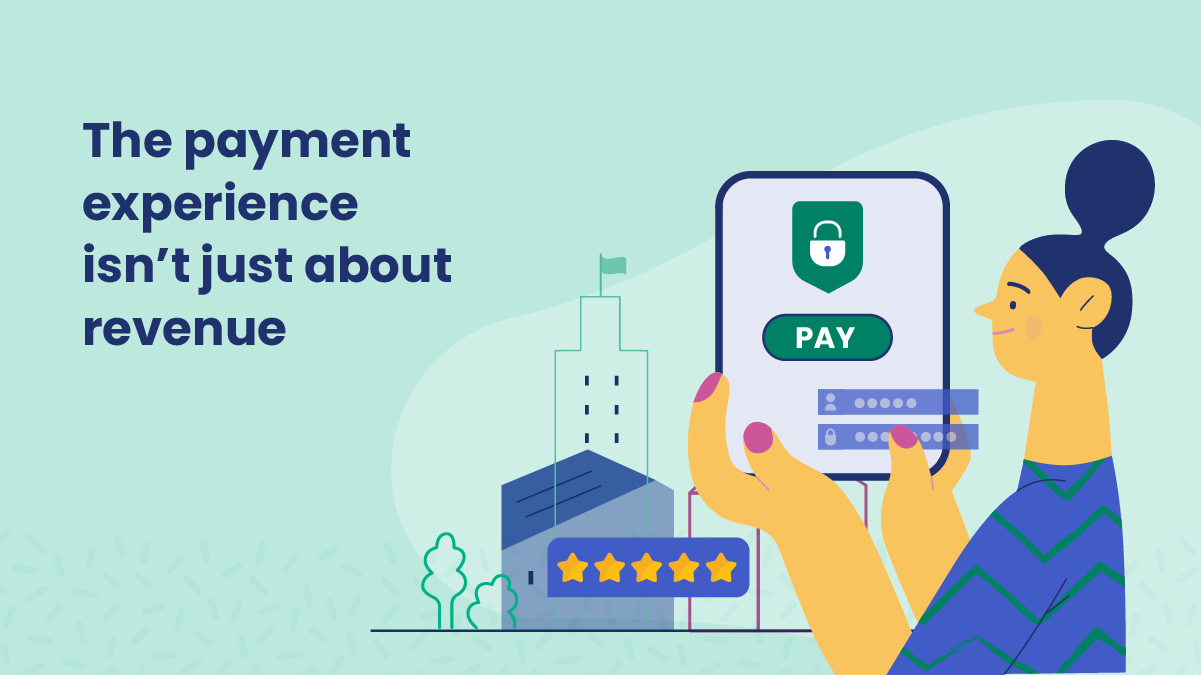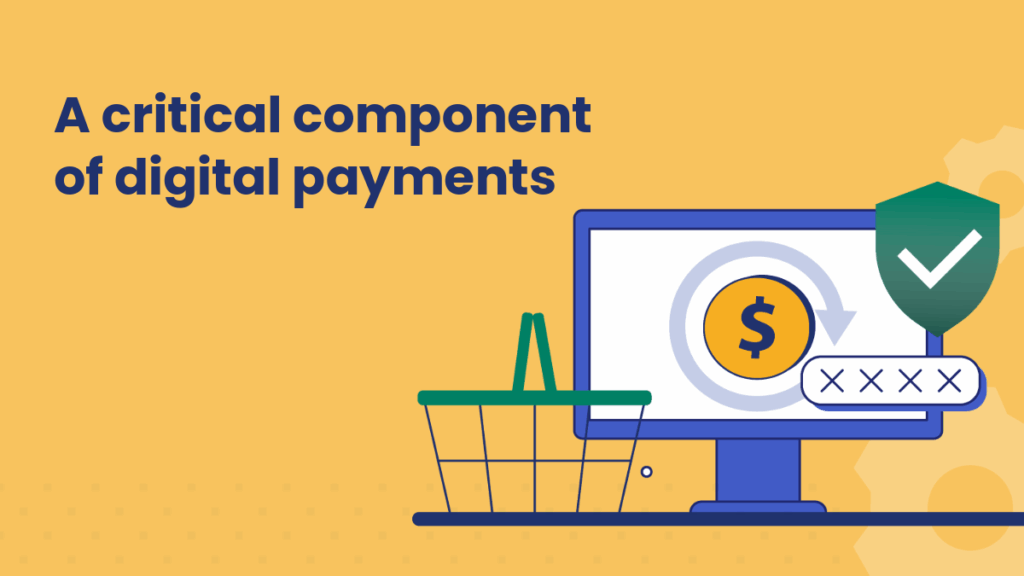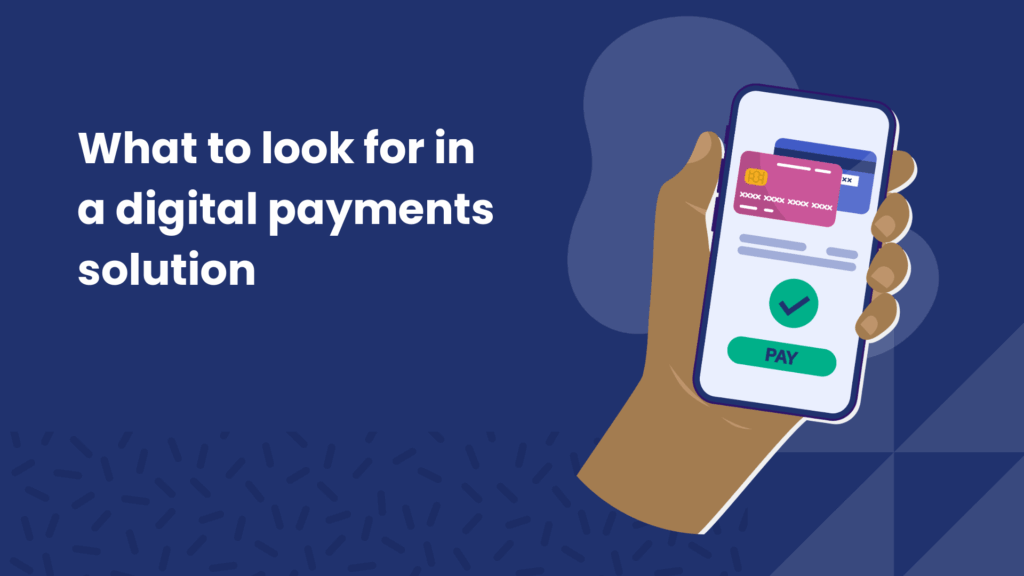How payments UX shapes resident trust in government

Digital payments often represent a resident’s first (and most frequent) online interaction with their government: 73% of residents pay their government bills online, and most rate the process about as easy as private sector transactions. But our 2025 Consumer Digital Government Adoption Index indicates that consumer expectations are rising fast.
Top features residents want include email or text reminders (85%), one-click checkout (83%), transaction history, important documents, and receipts stored in one place (83%), and automated payments for recurring bills (77%). They also prefer the same payment methods they use elsewhere — credit, debit, and ACH — while increasingly expecting Apple Pay, Google Pay, and other mobile wallets. Installment options and saved credentials are also climbing the wish list, signaling that residents equate government digital payments with the best retail experiences.
Enhancing customer experience isn’t just a benefit to customers; it can improve resident trust in their government.
Payments as a trust touchpoint
These touchpoints do more than collect revenue. They shape the public’s perception of their government agency and set the standard for other digital services such as licensing, permitting, or benefit enrollment. Modern services promote better management of public resources, improve resident access, and play an increasingly important role in enhancing resident trust.
Residents bring the same expectations to government transactions that they do to private-sector experiences. They compare a tax or utility payment to the ease of paying a bill through their bank or ordering online. When a government payment process feels cumbersome or outdated, it suggests the agency is out of step with the digital norms of daily life. Over time, that perception erodes confidence in the agency’s ability to deliver efficient and secure services.
Conversely, an intuitive payment experience communicates competence, reliability, and respect for residents’ time — qualities that build trust across other interactions. Each positive transaction reinforces confidence in the agency’s broader digital capabilities, creating a foundation for successful modernization and stronger public engagement.
And trust directly affects both adoption and efficiency. When residents trust digital systems, they’re more likely to complete not only payments online but also tasks such as license renewals and permit applications. That shift reduces manual processing costs, accelerates revenue collection, and frees agency staff to focus on higher-value projects.
How agencies can strengthen digital payment experiences
Agencies can build trust and improve adoption by tailoring payment features to community needs. Multilingual support, real-time notifications, and ADA-compliant design make services more inclusive. Adding plain-language instructions and contextual help reduces call volumes and minimizes friction.
Equally important is offering flexibility: Preferred payment methods, installment options, and digital wallets create a sense of parity with private-sector platforms. By aligning with modern payment habits, agencies reinforce both convenience and credibility.
Ultimately, every successful digital transaction strengthens confidence in government. When agencies prioritize resident experience at the point of payment, they improve operational efficiency and cultivate long-term trust that supports broader modernization goals.
Looking for more content?
Get articles and insights from our monthly newsletter.




